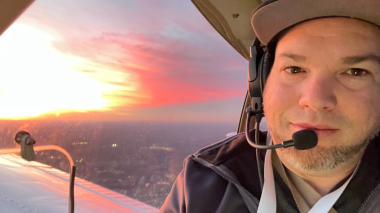While most stroke cases are unpredictable, identifying warning signs as soon as possible can make a big difference in how someone is treated for and recovers from a stroke.
“Symptoms can include weakness on one side of the body, numbness, confusion, fatigue, dizziness, blurred vision, a severe headache and potentially paralysis,” says Joe Bernard, MD, an interventional radiologist at Carolinas HealthCare System. “However, each stroke case has its own unique combination of signs and symptoms, so not everyone will experience all of them at the same time or at the same level of intensity.”Remember FAST to Spot a Stroke
If you spot these signs in yourself or a loved one, call 911 right away:- Face drooping: Does one side of the face droop, or is it numb? Ask the person to smile. Is the person's smile uneven?
- Arm weakness: Is one arm weak or numb? Ask the person to raise both arms. Does one arm drift downward?
- Speech difficulty: Is speech slurred? Is the person unable to speak or hard to understand? Ask the person to repeat a simple sentence, like "The sky is blue." Is the sentence repeated correctly?
- Time to call 911: If someone shows any of these symptoms, even if the symptoms go away, call 9-1-1 and get the person to the hospital immediately. Check the time so you'll know when the first symptoms appeared.
What Puts You at Higher Stroke Risk?
Certain lifestyle choices and medical conditions can put you at a higher risk of stroke. Some examples include:- Poor nutrition
- Lack of physical activity
- Smoking
- High stress
- High blood pressure



